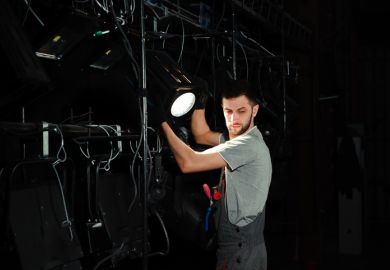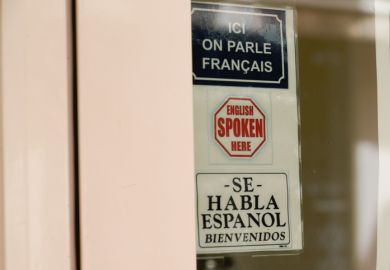Who is a Catholic? The term is usually used as shorthand to mean Roman Catholic, but it is also used by Eastern Catholics, such as Maronite Catholics who are in communion with Rome, and Anglo-Catholics, in the Anglican Church, who are not. It is also used by about 1 million Christians in the US who are independent Catholics, and the subject of Julie Byrne’s fascinating book, based on 10 years of fieldwork and interviews.
“Independent Catholics” is a term that covers myriad groups on both the Left, such as the Imani Temple in Washington DC and the White-Robed Monks of St Benedict, and the Right, including the Society of St Pius, founded by Marcel Lefebvre, and Mel Gibson’s Church of the Holy Family in Malibu, California. Byrne’s focus is on the liberal groups, in part because they are older (the conservative groups tend to be post-Vatican II) and in part because she believes that they are poised to have a greater impact on the future because they embrace the ordination of women, open communion, same-sex marriages and worshippers with multiple religious affiliations.
Byrne’s focus is on the Church of Antioch, founded in 1959 by Herman Spruit, who personified the seeker mentality of independent Catholics – and post-war California. A Methodist minister, Spruit was influenced by metaphysics and became a religious science teacher, steeped in New Thought, until a longing for Jesus and the sacraments led him to liberal catholicism, which traces its lineage to the early 18th century, and he was ordained in that church. From there he built the Church of Antioch, and – with a theology of the divine feminine – ordained and consecrated women as bishops as early as 1974. He made his wife, Meri, an archbishop and they called their union a “conjugal episcopate”.
Byrne brilliantly evokes the world of these independent churches. She describes their sincere, eclectic rituals in borrowed buildings and people’s homes; their changing nature as members discover new ideas, split off and create or join other churches; and the openness that leads them to serve a community beyond the relatively small numbers at their services. The Spruits’ successor, Archbishop Richard Gundrey, does a nice line in weddings for people who want a Catholic marriage but do not want to jump through the hoops of the Roman Catholic institution.
The Roman Catholic church has little time for these independent churches. Occasionally it bothers to excommunicate one – only to receive the reply from that church that as it is not part of the Roman jurisdiction anyway, it cannot be excommunicated. The Independent Catholics wonder why they do not attract more members – perhaps because they are “too mixed for many Catholics, too Catholic for many metaphysicals, too churchy as Americans abandon organized religion in droves”, as Byrne remarks. But they ruminate on their future with humour: when The Da Vinci Code was published, one priest announced that it would be helpful if someone could have a really big vision, “preferably of St. Mary Magadalene”.
Byrne’s book is an excellent study of churches on the fringe that incubate new ideas and shed new light on mainstream religion. Through her storytelling, Byrne documents the multiple claims to be Catholic and recognises that in the very writing of her book she, too, is producing Catholicism.
Jane Shaw is professor of religious studies, Stanford University.
The Other Catholics: Remaking America’s Largest Religion
By Julie Byrne
Columbia University Press, 432pp, £21.95
ISBN 9780231166768 and 1541701 (e-book)
Published 24 May 2016
Register to continue
Why register?
- Registration is free and only takes a moment
- Once registered, you can read 3 articles a month
- Sign up for our newsletter
Subscribe
Or subscribe for unlimited access to:
- Unlimited access to news, views, insights & reviews
- Digital editions
- Digital access to THE’s university and college rankings analysis
Already registered or a current subscriber?




